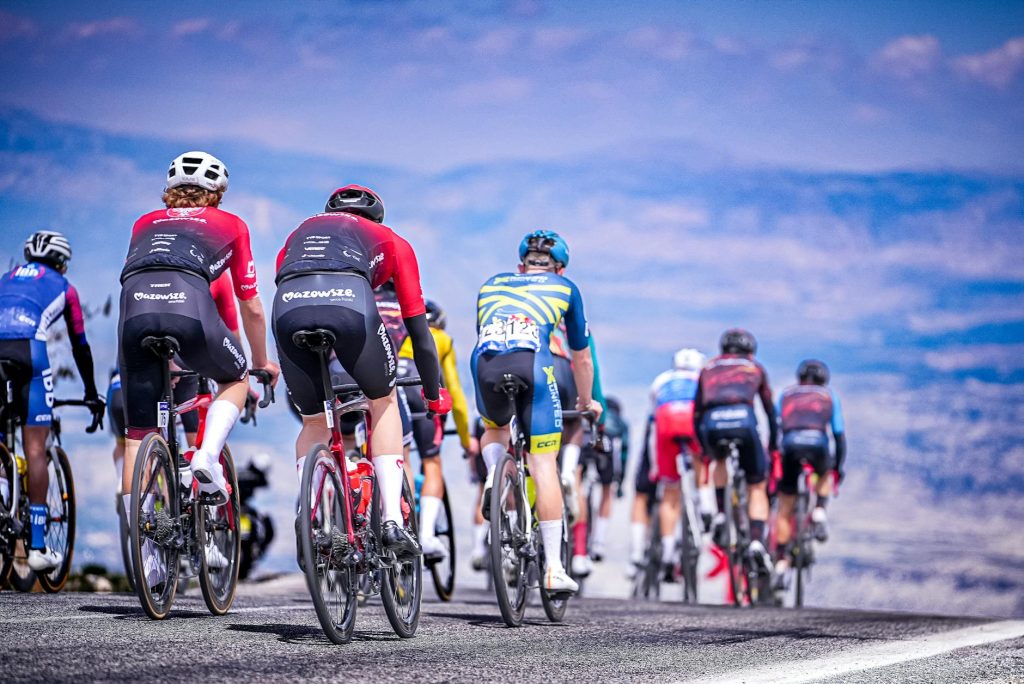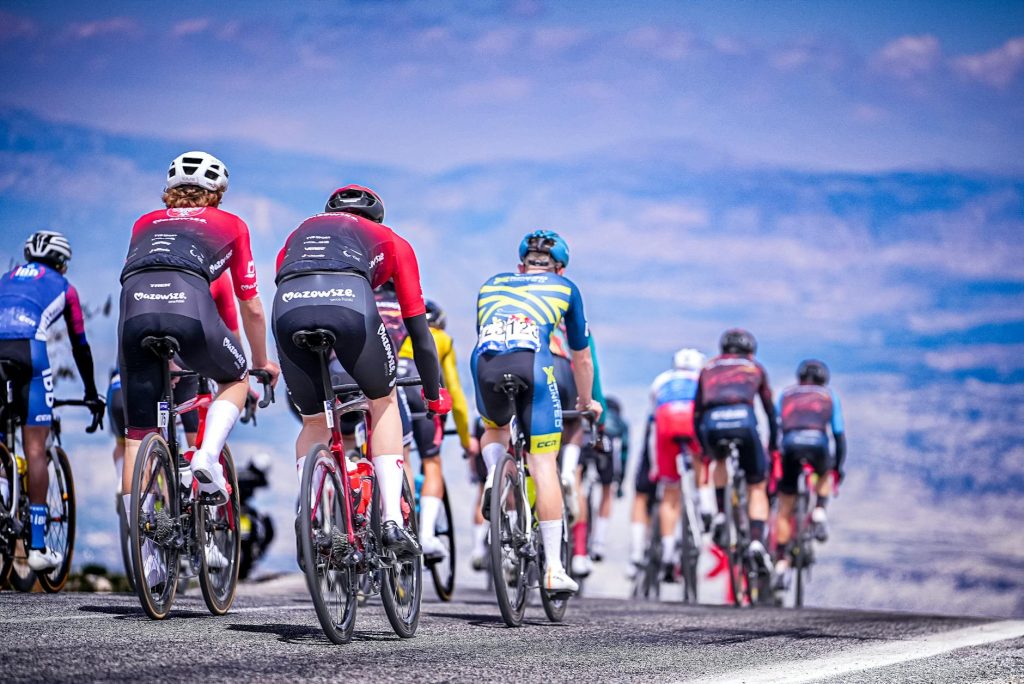
Tour de France Cycling Grand Tour Stages
The Tour de France is not just a cycling race; it’s an event that encapsulates the spirit of sport, endurance, and strategy. As one of the three Grand Tours in professional cycling, it draws global attention and participation, showcasing the best talent in the sport. In this post, we’ll delve into the mechanics of the race, its various classifications, the unique challenges of mountain and time trial stages, team dynamics, and how fans can stay engaged with the event.
How the Race Works
The Tour de France typically spans over three weeks, covering approximately 3,500 kilometers. The race is divided into various stages, each testing the cyclists’ endurance, strategy, and skill. Riders compete in multiple types of stages, including flat stages, hilly routes, and high mountain climbs, as well as individual and team time trials.
Every stage offers its own unique challenges, contributing to the overall general classification (GC), which determines the race leader and the eventual winner. Points are earned based on finishing position in each stage and additional bonuses for stage wins. The final winner is the rider with the lowest cumulative time across all stages.
Jerseys & Classifications
Throughout the Tour, cyclists compete for different jerseys that symbolize various classifications:
- Yellow Jersey (Maillot Jaune): Worn by the overall leader of the race, the cyclist with the least cumulative time.
- Green Jersey (Maillot Vert): Awarded for the best sprinter based on points accumulated through stage finishes and intermediate sprints.
- Polka Dot Jersey (Maillot à Pois Rouges): For the best climber, given to the cyclist who earns the most points in designated mountain climbs.
- White Jersey (Maillot Blanc): For the best young rider, under the age of 26, based on the general classification.
These jerseys not only signify leadership but also add layers of motivation for riders, influencing their strategies throughout the race [1].
Mountain & Time Trial Stages
Two of the most demanding types of stages in the Tour de France are mountain stages and time trials.
Mountain Stages
Mountain stages are notoriously grueling, often deciding the fate of the general classification. These stages include steep climbs that present significant challenges:
- Alpine Routes: Some iconic climbs include Alpe d’Huez and Mont Ventoux, where riders must endure steep gradients and varying altitudes.
- Strategic Importance: Success in these stages requires not only physical endurance but also tactical acumen in choosing when to break away or conserve energy.
Cyclists earn points for the King of the Mountains classification by finishing at the front on these challenging climbs, adding to the competition’s nuance [2].
Time Trials
Time trials are another crucial aspect of the Tour:
- Individual Time Trials: Holders race against the clock, showcasing their speed and endurance over a specific distance.
- Team Time Trials: Teams compete in a relay-style format, strategically working together to achieve the fastest cumulative time.
Both types of time trials can significantly affect standings, particularly for riders looking to gain or maintain positions in the general classification.
Teams & Tactics
The team dynamics in the Tour de France are intricate, often playing a decisive role in the race’s outcome. Each team typically consists of a leader and several domestiques, whose roles are essential for the team’s overall success:
- Team Leader: The primary cyclist aiming for overall victory, often benefiting from the support of other team members.
- Domestiques: Support cyclists who expend their energy to help the leader by setting the pace, providing water, and drafting to save energy during stages.
Tactics employed by teams include strategic pacing, protecting their leader from wind resistance, and launching attacks during crucial points in the stages [3].
How to Follow Live
With extensive coverage available, following the Tour de France has never been easier. Here are several ways to stay updated:
- TV Broadcasts: Major sports channels often provide live coverage, commentary, and highlights.
- Official Website and Apps: The official Tour de France website offers real-time updates, results, and insights into each stage.
- Social Media: Follow official accounts and popular cycling news platforms for live updates, rider stories, and stage highlights.
Engaging with fan communities on platforms can also enhance your viewing experience.
Conclusion
The Tour de France combines athletic prowess, strategy, and teamwork, making it a captivating event in the cycling world. Understanding the race structure, classifications, and the intricacies of mountain and time trial stages enriches the viewing experience. By engaging with the race through television, online platforms, and social media, fans can fully appreciate the excitement and drama of this prestigious cycling event.
References
Get epic product battles straight to you! 🥊 📦 ![]()

